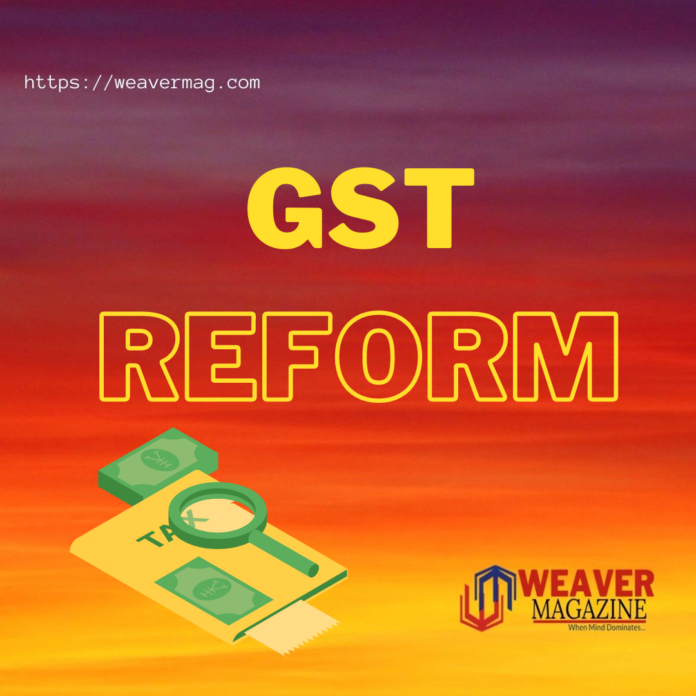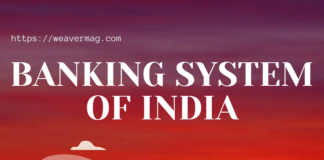Goods and services tax (GST) is one indirect tax reform of India. GST will make India one unified common market. GST include Central Excise law, Service Tax law, State VATs , etc. GST will make dream of one nation , one tax feasible.
Goods and Service Tax is a destination-based tax that is levied only on value addition at each stage because credits of inputs taxes paid at the procurement of inputs will be available.
The rates of GST were implemented from 1st July 2017 across the country. Essentially there are four tax slabs- 5%, 12%, 18%, and 28%, under which the country’s goods and services would be taxed by the Centre and the State. The majority of goods and services will be taxed at a rate of less than 18%.
As India has different GST rates when compared to a single GST rate in the most prosperous nations across the globe, the national economy would undergo a major shift from the time of multiple taxes. From a common to richest, the GST will have a significant effect on their lives. While some goods and services would become cheaper, others may just take out more money from the pocket of the consumers.
The GST Council and the ministry of finance have come up with a solution to record all invoices in all places and collate data for the taxpayer. The process has simplified and many taxes have been removed. The whole nation shall report using the same structure irrespective of where and how people and organizations carry on their business. A networked IT system has been deployed by the ministry to cope with the huge influx of data. It is called GST Network(GSTN) , which is non government organization which manages the entire IT system of the GST portal . It will house all the information of seller and buyers together , collate the details submitted and maintain registers for future reference and reconciliation at any time.
Goods and Service tax is boosted competitiveness and performance in India’s manufacturing sector. Multiple indirect taxes had also increased the administrative costs for manufactures and distributors and with Goods and Services Tax in place, the compliance burden has eased and this sector will grow more strongly.
The GST will require attention from the government at the Centre. First, GST must improve its coverage. Real estate must be brought under GST. At present only construction segment is subjected to it. To cover the entire value chain, GST needs to cover land , construction of buildings, and sale of completed constructions. Electricity should be bring under GST to boost the manufacturing sector. There is a misconception that doing so lead to an increase in power tariffs. In case of electricity supply , the embedded taxes accounts for a significant percentage of the tariff value, largely due to taxes on raw materials and equipments . Expanding the taxable base of GST would also make the task of rate rationalization that much easier.
A single rate GST structure is an utopian idea. Procedural complexity issues need to be addressed. Each of doing business include ease of paying taxes. Once invoice matching is introducing, it may be necessary to revisit the dispute resolution system. Finally, a new institutional void at the state level must be created.
The impact of Goods and service tax on price levels is difficult to ascertain as there are various factors other than tax rates that drive price levels. In case of Singapore, where the Goods and Service tax rates were higher than the pre-GST rates, it was seen to have an inflationary impact, albeit temporarily. Singapore experienced an uptick in inflation in 1994, the year in which the GST was implemented . Inflation rose from 2.3% in 1993 to 3.1% in 1994. Thereafter in 1995 it moderated to 1.7% and to 1.4% in 1996. In case of Malaysia , the impact on price levels was controlled with various price control measures being undertaken by Ministry of Domestic Trade and consumer Affairs. Most countries faced challenges in the implementation of the nationwide tax rate.
The GST Council , in its 33rd meeting held in February 2019, addressed the reports of slowdown in the real estate sector and low offtake of under construction houses. Real estate sector, being one of the largest contributors to the national GDP and with the government’s vision on “Housing for all by 2022”, GST Rate for affordable housing was slashed to 1% without the benefit of the input tax credit (ITC) as against the earlier rate of 8%. However , the GST rate for non-affordable housing was reduced to 5% without ITC from the existing of 12%.
Goods and Services Tax will also contribute toward a robust macro-economic environment, thereby increasing investors sentiments. .
BY-
TAMOGHNA DEY











Good job bro….
Good and standard para
Thanks
[…] https://www.weavermag.com/English/gst-reform/ […]
Good job. Keep writing
Thank you 😊
good job bro
Thank you